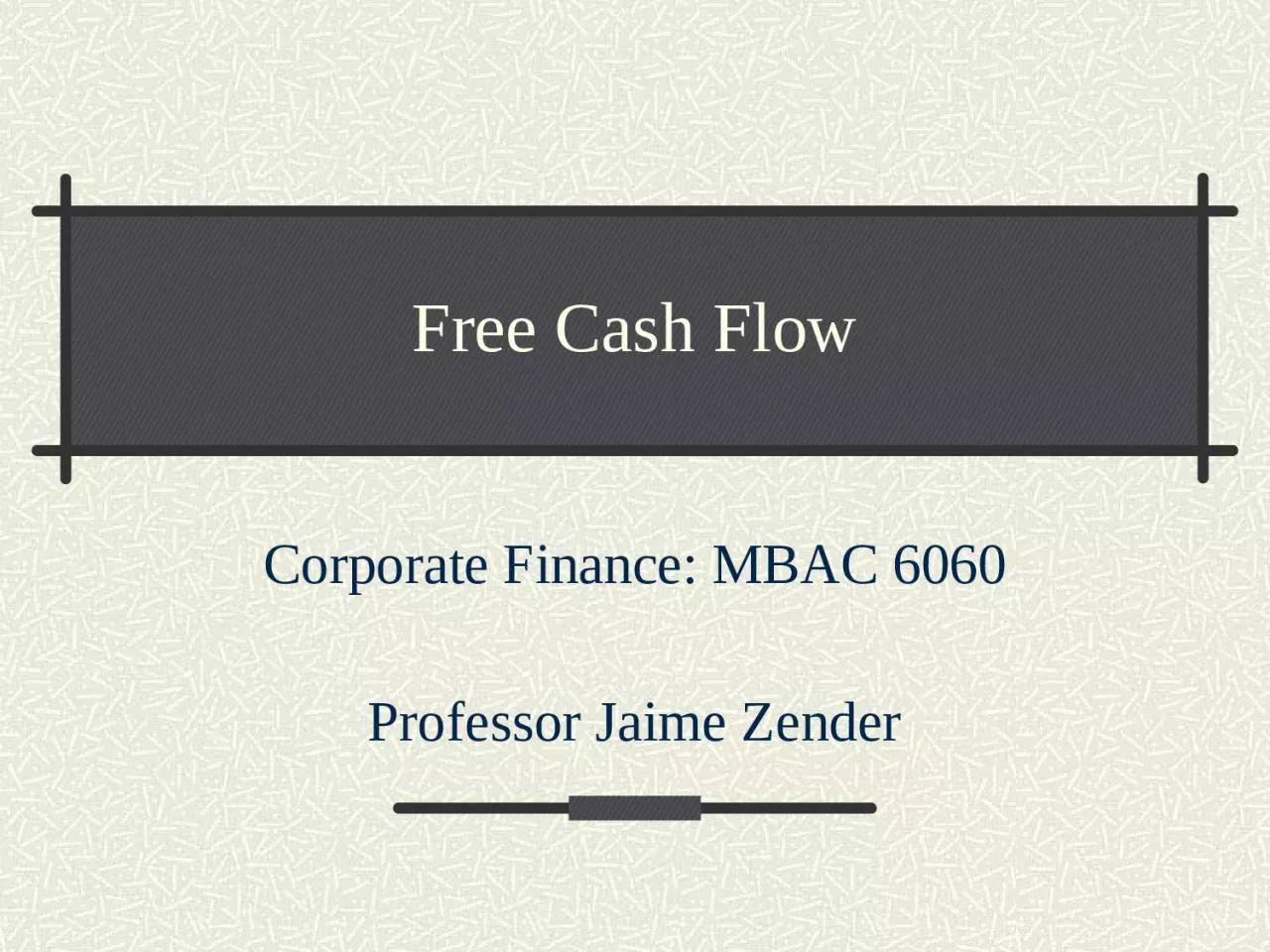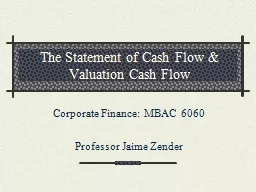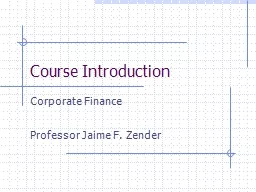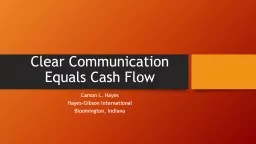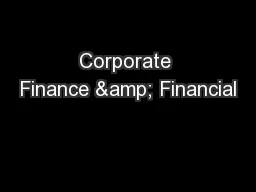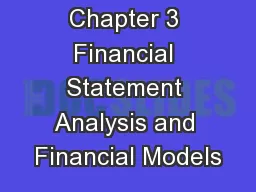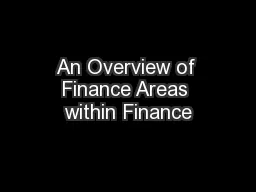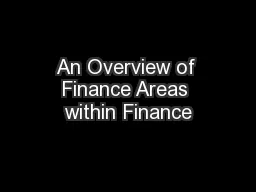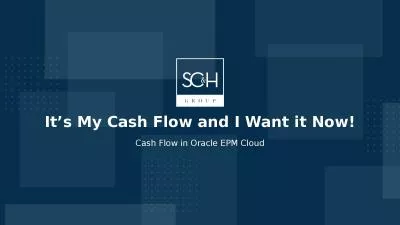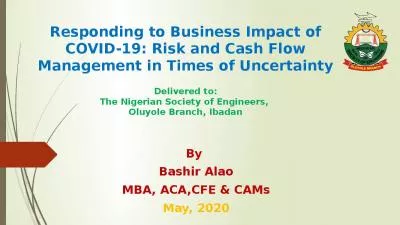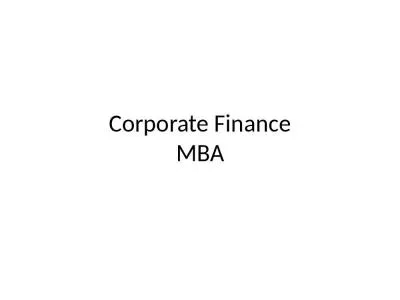PPT-Free Cash Flow Corporate Finance: MBAC 6060
Author : berey | Published Date : 2023-09-25
Professor Jaime Zender SCF Basics SCF is a summary of a companys transactions for a given period that effect the cash account It provides information about the firms
Presentation Embed Code
Download Presentation
Download Presentation The PPT/PDF document "Free Cash Flow Corporate Finance: MBAC 6..." is the property of its rightful owner. Permission is granted to download and print the materials on this website for personal, non-commercial use only, and to display it on your personal computer provided you do not modify the materials and that you retain all copyright notices contained in the materials. By downloading content from our website, you accept the terms of this agreement.
Free Cash Flow Corporate Finance: MBAC 6060: Transcript
Download Rules Of Document
"Free Cash Flow Corporate Finance: MBAC 6060"The content belongs to its owner. You may download and print it for personal use, without modification, and keep all copyright notices. By downloading, you agree to these terms.
Related Documents

